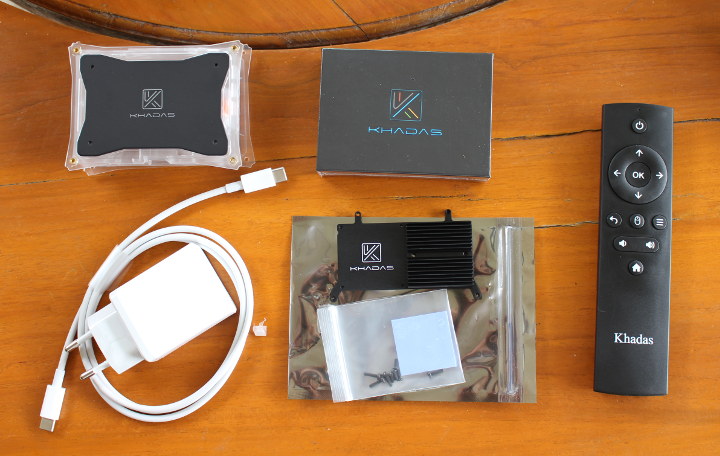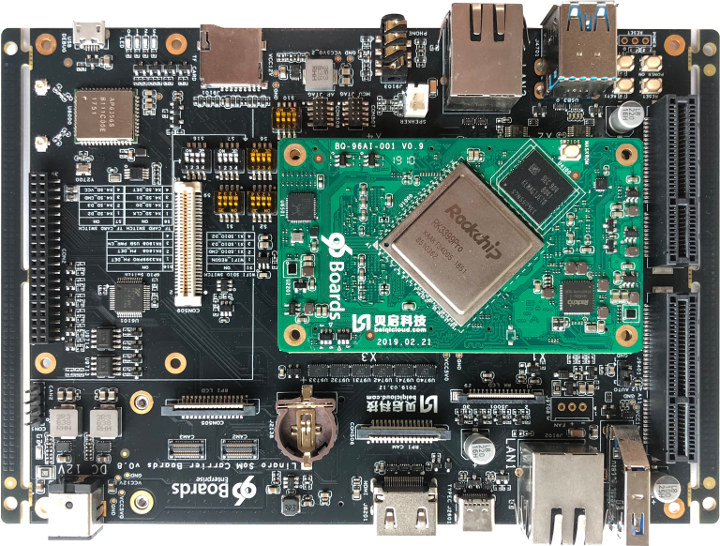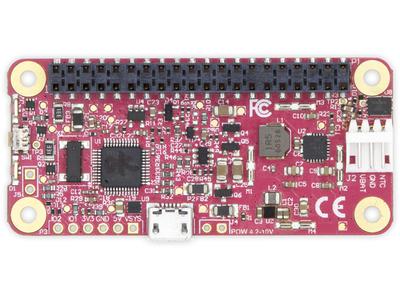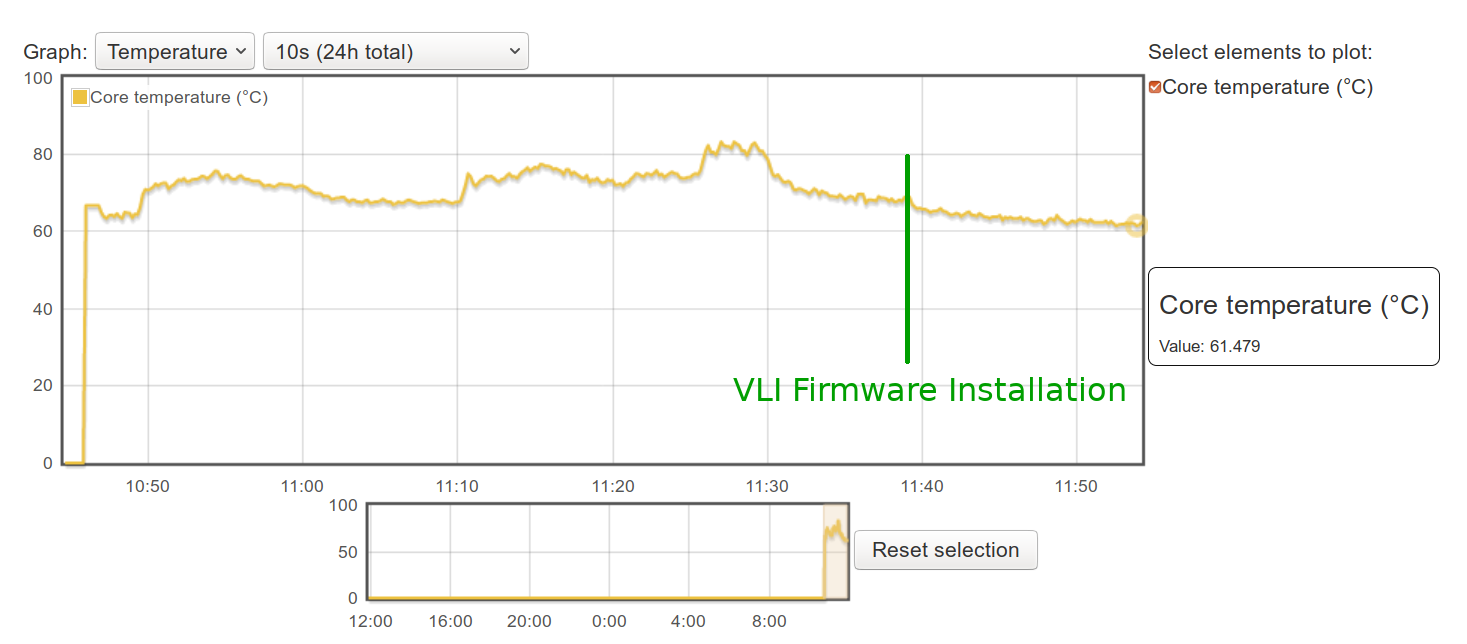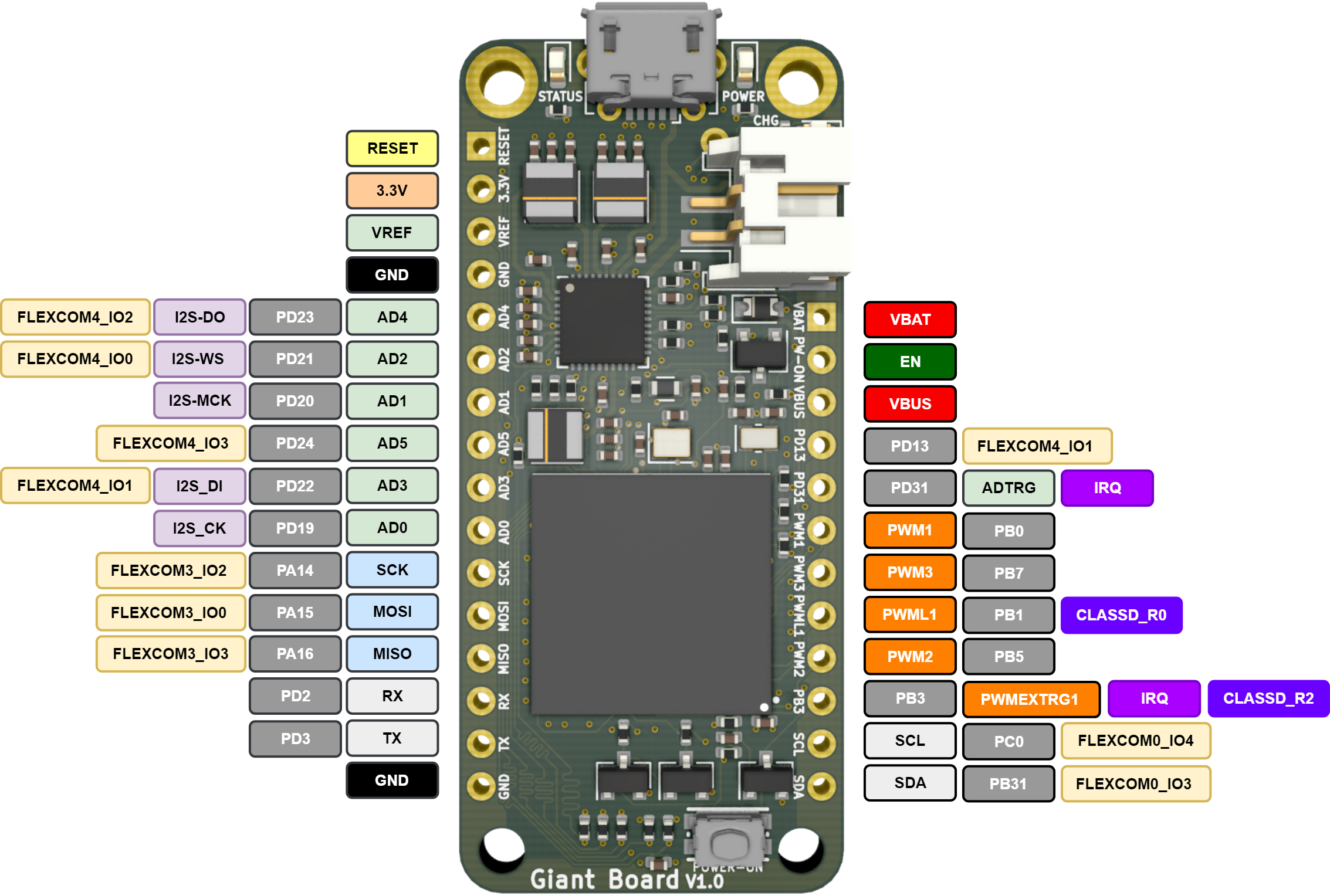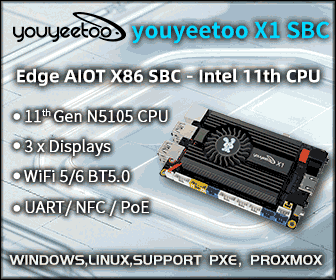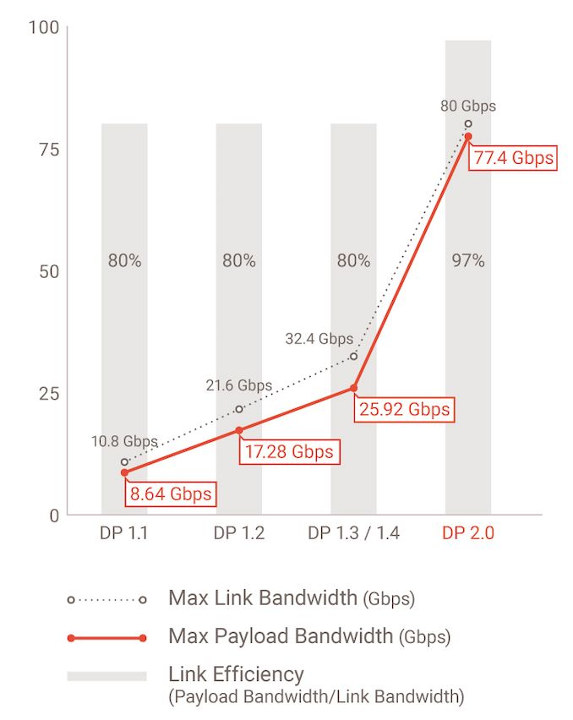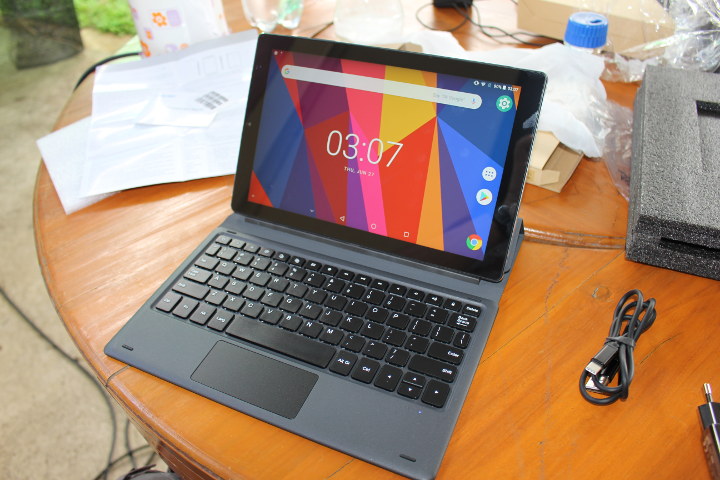Capable Robot Components has launched its Crowd Supply campaign for the Programmable USB Hub in June of 2019. The hub is a feature rich and component rich USB hub that has a dev board built-in. The entire system is housed in an extruded aluminum case, with all the numbering and lettering and port attachments in brilliant white. Control power and data flow, directly through the unit. The first 40 units are sold out. There seem to be good reasons why these USB Hubs sell out fast. There was an in-depth article written on a similar hub some time ago. Inside the enclosure is an array of functionality packed neatly onto a small board. There are 4x USB 2.0 ports that are High-Speed downstream ports and 1x upstream port, a 5th endpoint on the USB hub exposes 2 12C buses via Sparkfun Qwiic connectors, the UART and 2X GPIO. The input power is […]
Khadas VIM3 Review – Part 1: Kit Unboxing and Assembly
We started to read about Khadas VIM3 in May of this year as an Amlogic S922X development board with an M.2 socket for NVMe SSD, and 802.11ac WiFi 5 & Bluetooth 5.0 wireless module. Eventually, Shenzhen Wesion decided to change the processor to Amlogic A311D before the launch last month, since it does not cost much more, but includes a 5.0 TOPS neural processing engine. The company has sent me a Khadas VIM3 kit for evaluation and review. Before going through the software part, and especially the tools for the NPU which will be one of the highlights of the board, I’ll check out what I received today, and show how to assemble the kit. Khadas VIM3 Kit Unboxing The package is rather boring… But what’s really important is what’s inside… We’ve got an enclosure, a smaller package with the board itself, a USB-C power supply, a thermal pad + […]
96Boards RK1808 & RK3399Pro SoM & Devkit Now Available for Purchase
Back in April, we covered the very first 96Boards SoM’s (Systems-on-Module) which were based on Rockchip RK3399Pro or RK1808 processors, and targeted applications leveraging artificial intelligence acceleration. There were not quite available at the time, but Seeed Studio now has both BeiQi modules for pre-order for $119 and $59 respectively, while the carrier board goes with $125 with antennas, and power supply. Note that the RK3399Pro SoM and the carrier board are basically available now with shipping schedule for July 4th, but you’d had to wait until the end of the month for the RK1808 module. BeiQi RK1808 AIoT 96Boards Compute SoM Module specifications: SoC – Rockchip RK1808 dual-core Arm Cortex-A35 processor @ 1.6 GHz with NPU supporting 8-bit/16-bit operations up to 3.0 TOPS, TensorFlow and Caffe frameworks; 22nm FD-SOI process System Memory – 1GB LPDDR3 (I also read “4GB LPDRR3” (sic.) in other places, but the capacity is likely […]
PiJuice Zero a UPS for the Raspberry Pi Zero (Crowdfunding)
Made to work with the Raspberry Pi Zero, the PiJuice Zero is an Uninterruptable Power Supply (UPS) and project platform board, that can fit inside the Pi Zero case. The latest innovation from the tech gurus at Pi Supply, the PiJuice Zero is easy to use and quite powerful. The original product was the PiJuice HAT which was released in 2016. The rundown on this platform and the crowdfunding page can be found on Crowd Supply. The PiJuice Zero allows users to take their Raspberry Pi Zero projects anywhere and still keep things running, while intelligent power management controls how that power is utilized. The user-friendly software, programmable LEDs and switches allow for maximum options in applications. The PiJuice Zero was made for those in-the-field projects. Completely wireless and off-the-grid power supply the PiJuice Zero is packed with features and allows for applications for the Raspberry Pi Zero, that couldn’t […]
New Raspberry Pi 4 VLI Firmware Lowers Temperature by 3-5°C
The other day I tested Raspberry Pi 4 with an heatsink since previous multi-threaded benchmarks clearly made the board throttle when running those without any cooling solution. The guys at the Raspberry Pi Foundation somehow noticed my post, and I received an email from Eben Upton explaining a new Raspberry Pi 4 VLI firmware had “some thermal optimizations that are not installed by default on early production units.” I did not understand VLI at first, but eventually understood this referred to the firmware for VIA VL805 PCIe USB 3.0 controller on the board. The Raspberry Pi Foundation provided me with a test version of the firmware, which they’ll release in the next few days, or weeks after testing is completed. Now if you’re going to test a platform that will throttle due to overheating, it’s very important you do so at constant room temperature. I work in a office where […]
Microchip SAMA5 based Giant Board Launched on Crowd Supply for $50 and Up
Earlier this year we gave you details about some new development board, most especially about the Giant board. A tiny single board computer that runs Linux on Arm Cortex-A5 processor. This super tiny single-board computer (SBC) is based on the Adafruit Feather form factor. Unlike its name, the giant board is actually a small microchip. And it packs an awful lot of power for its size. The news is that it has launched on Crowd Supply for $50 and up. In addition, the giant board implements the power of size, which makes it unique. It squeezes SBC into a package the size of a microcontroller board. This will in turn relax memory, storage, and processing constraints. Consequently allowing you to effectively work on your projects. Another thing to know about the Giant Board is that it runs full Debian Linux. Giving developers and users access to an endless number of […]
DisplayPort 2.0 to Support 16K Displays thanks to its 80 Gbps Bandwidth
4K monitors and TVs are now very common, and 8K displays, media players and camera are just coming to market and there’s still pretty expensive and content is basically nonexistent. 8K displays must be quite large or viewers must sit really close to get any benefit over 4K, but some people think 16K displays will be a thing in the not-to-distant future. Announced in 2016, DisplayPort 1.4 took care of 8K 60Hz output thanks to a 32.4 Gbps link bandwidth and compression, but the Video Electronics Standards Association (VESA) has now announced DisplayPort 2.0 standard with support for one 16K display at up to 60 Hz, or two 4K displays at up to 144 Hz with HDR thanks to a 80 Gbps link bandwidth / 77.4 Gbps payload bandwidth. DisplayPort 2.0 will work with either native DP connectors or USB Type-C connectors with DisplayPort Alt Mode for video and audio. […]
Chuwi HiPad LTE Tablet Review – Part1: Specs and Unboxing
Chuwi HiPad LTE is an 10.1″ tablet running Android 8.0 Oreo on a MediaTek Helio X27 deca-core processor coupled with 3GB RAM, 32GB flash, and offering both dual band WiFi and LTE connectivity. The company just sent me a sample, and today I’ll quickly go through the specifications, before unboxing the two packages I received. Specifications SoC – Mediatek Helio X27 (MT6797) deca-core processor with 2x Cortex-A72 cores @ 2.6 GHz, 4x Cortex A53 cores @ 2.0 GHz, and 4x Arm Cortex-A53 cores @ 1.6 GHz, as well as an Arm Mali-T880 GPU clocked at up to 875MHz System Memory – 3GB RAM Storage – 32GB eMMC flash, microSD card socket up to 128GB Display – 10.1″ IPS capacitive screen with 1920 x 1200 resolution Audio – 3.5mm headphone jack, built-in stereo speaker and microphone Camera – 5.0MP rear camera, 5.0MP front-facing camera Connectivity Dual band 802.11a/b/g/n/ac WiFi 5 Bluetooth […]



